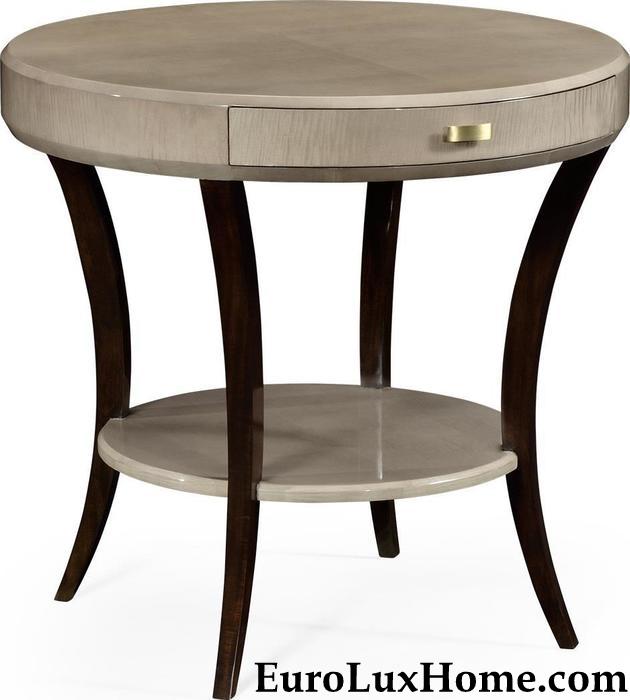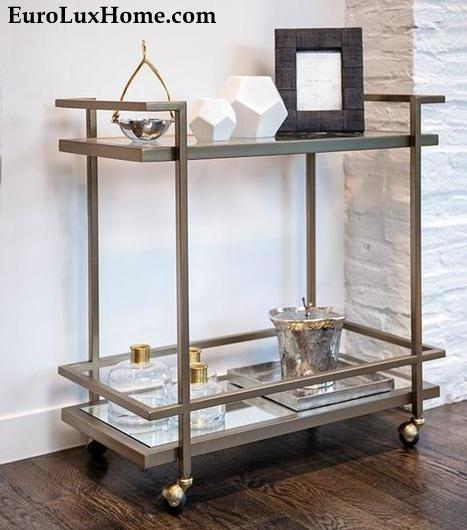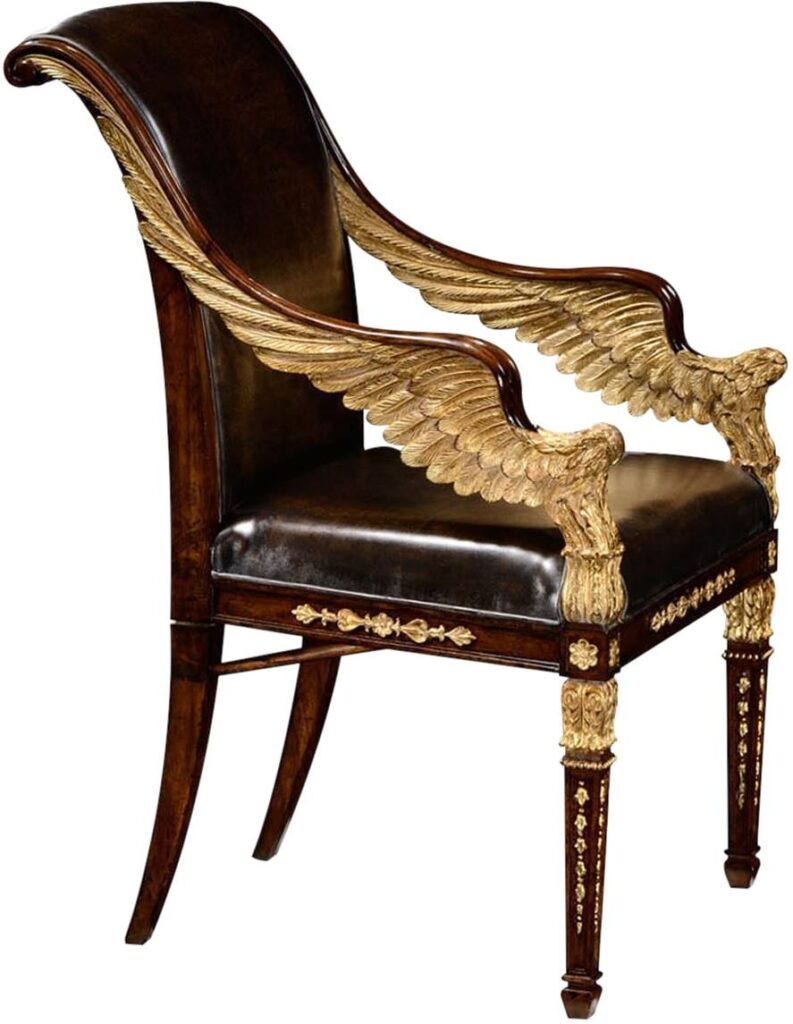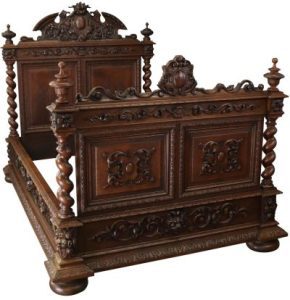Mini Cart
EuroLux Home
Exploring Antique Furniture and Home Decorating Ideas

Guide to Art Deco Furniture
Art Deco furniture is a style so timelessly chic, it’s hard to believe that a whole century has passed since the Art Deco look first burst onto the design scene. As we enter the new Roaring Twenties, let’s look back at the original 1920s and see why the sleek Art Deco style is still popular among international designers.
The Art Deco Era
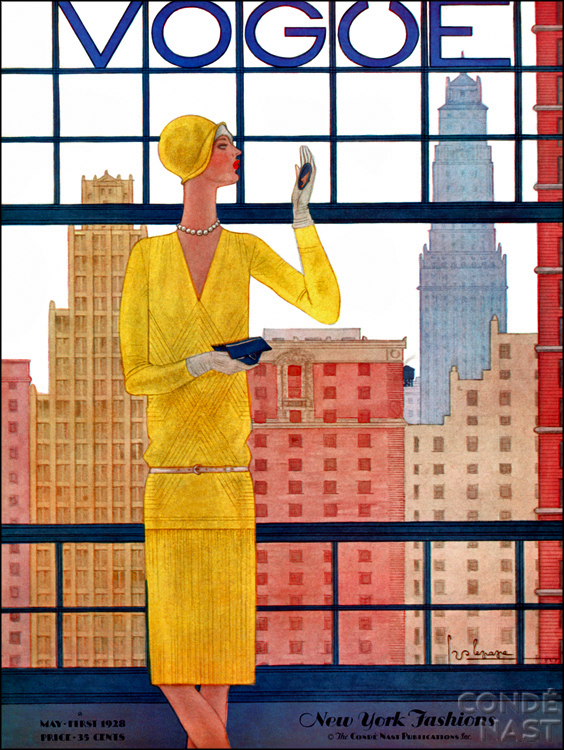
The Art Deco movement became prominent in the 1920s and 1930s, when it was the perfect match for the modern thinking of the Jazz Age. After the ordeals of World War I, many people were looking to a new future, rejecting the fussy and elaborate Victorian and Art Nouveau styles of the early 20th Century. Out with elaborate shapes and ornate carvings, and in with streamlined silhouettes, metallic accents and sleek glossy lacquer surfaces, hallmarks of Art Deco design!
Amazing new technologies, materials, and methods of communications and transportation informed this brand new aesthetic too.
It was a very exciting time, and the younger generation was swept up in the energy. The "bright young things" had new ideas about society and they were forward-looking in every way.
Women started wearing knee-length skirts and dresses - this was scandalously short at the time! These women, dubbed Flappers, cut their hair short too, drove cars, smoked in public, partied and drank alcohol, and generally enjoyed themselves in ways that had previously been considered quite unladylike! They were the perfect icon for the rebellious, shiny, adventurous Roaring Twenties.
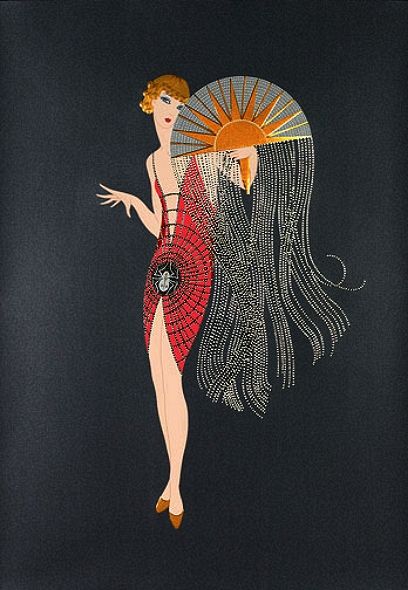
Art Deco Inspired Design
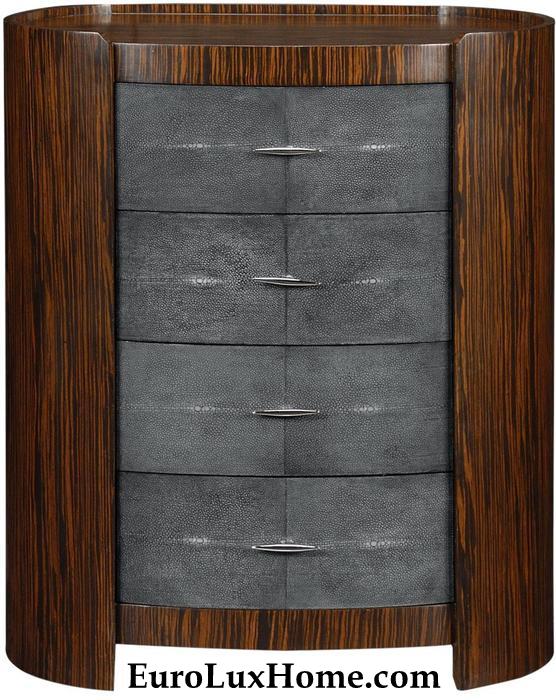
Art Deco style was very inspired by the Age of the Machine, as the new technologies of airplanes, automobiles and transatlantic travel on cruise liners captured everyone's imagination. This 'streamline moderne' look of Art Deco was very inspired by visual art, aerodynamic design, and geometric motifs. Furniture and architecture was designed with clean, dynamic, curved, and sweeping lines to create the feeling of speed.
Picture the soaring curves of the Chrysler Building in New York City and you'll have a good idea of both the optimistic feeling of the early Art Deco era and the distinctive look of Art Deco style.
In the 1930s, more rectilinear lines and geometric shapes, including fragmented looks, were added. These reflected the Cubist influence of artist Pablo Picasso, who revolutionized modern art.
Why is it called Art Deco?
Do you know why it's called Art Deco? It was named for the International Exhibition of Modern Decorative and Industrial Arts held in Paris in 1925. This was a showcase of exciting new design trends and the sexy new French Art Deco look made a great impact. In Paris of course the show had a French name: Exposition Internationale des Arts Décoratifs et Industriels Modernes. That's quite a mouthful, so thankfully people picked out the "Arts Décoratifs" piece and then shortened it again to Art Deco, although the term did not become widely used until the 1960s.
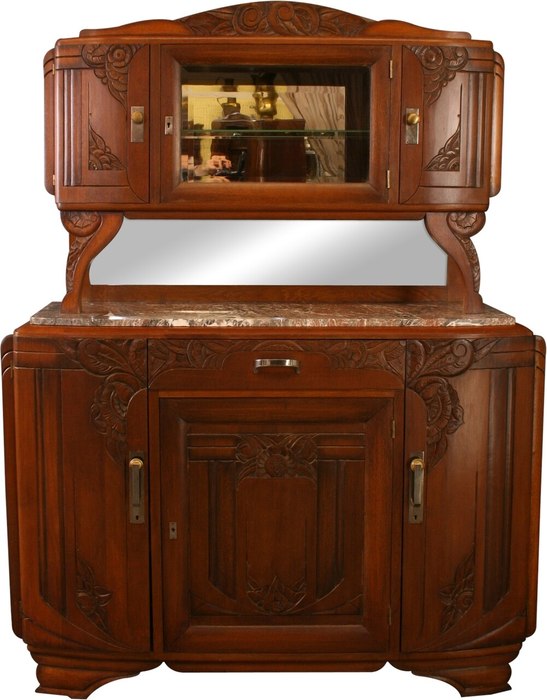
The Look of Art Deco Style Furniture
Sleek, chic and not at all meek! That's the Art Deco look, which relies on well-defined curves and lines. Geometric designs are sharp and streamlined, and applied decoration is also important to the look, including sunbursts, geometric patterns and stylized floral designs.
Influences include the design of modern ships, trains, planes and motor cars. Ancient Egyptian, Aztec and Central American art also creeps in, while ancient Greek designs emerge in Greco Deco.
The streamlined silhouette of Art Deco style furniture is simple, but when emphasized by the use of glossy and shiny materials it looks glamorous and opulent. With the unfussy shapes and lack of ornate carvings, all the luxury comes from the materials and finishes. For example, you will often see a gorgeous slab of marble topping a sideboard, buffet, nightstand or table or Art Deco pieces made from an exotic wood like macassar ebony.
Woods are dark to add to the sense of substance and exotic woods are beautifully grained to give a surface decorative effect. Gleaming mirror and glass gave a reflective and modern feel too. Chrome finishes and marble top buffets and sideboards are typical of the era. In Art Deco land, it's always time to shine up your chrome cocktail shaker and start the party.
Early Art Deco furniture designers used colors that were quite muted, including pastel pinks and greens, contrasted with black. But after the 1929 stock market crash in the United States, brighter colors were used for mass producing Art Deco home decor, to cheer everyone up. The popular Fiestaware dishes are a typical example with their bold yellows, reds, oranges, greens and blues. Famous Art Deco furniture designers include Emile-Jacques Ruhlmann and Jules LeLeu.
Art Deco Chairs
Whether you're arranging your coffee table with an Art Deco sofa, or choosing a set of dining chairs for your dining table, you'll find that this style of seating brings you the best furniture the decorative arts can create.
Typical Stylistic Features
- Inspired by the architecture of the time, a standard art deco piece features Curvilinear shapes, think sweeping curves, and rectilinear shapes, with straight lines set at angles.
- The look avoids fussy curlicues and ornate silhouettes. It's all about the clean lines to create a bold profile.
- Geometric shapes and patterns, zigzags, trapezoids, chevron, nautical portholes and sunburst patterns.
- Applied decoration is important. Motifs include female figures, and stylized flowers and animals such as gazelles and birds.
- Glossy, smooth materials create reflective surfaces, including marble, glass, mirror, and lacquer finishes.
- Polished metals were also important for the reflective look, including nickel, aluminum, stainless steel, brass, gold and especially chrome.
- Dark and exotic woods created a sense of substance and luxury, often with beautiful grains to create surface pattern. Popular woods include rosewood, walnut, teak, maple, macassar ebony and zebra wood.
- New man-made materials included Bakelite, plastics and other composites which were considered the bees' knees at the time!
- Neutrals are chic, while pale pastel colors including pink and green, are accented with black.
- Upholstery is typically a solid color. If pattern is involved, it might be a geometric or an animal print.
- Velvet and leather are popular options for upholstery.
- Shagreen and leather look combined with wood and chrome.

We love the Art Deco period and our renovated 1920s vintage bungalow dates to this era. The streamlined style is a kind of interior design royalty, eternally popular because it is so striking to look at and easy to live with. It works in many types of space to create an upscale and sophisticated feel that balances retro appeal with contemporary tastes. For example, the updated "streamline moderne" Art Deco look in the Architectural Digest photo above checks all the boxes for a home today.
Whether you are looking for original antique Art Deco furniture or high-quality new Art Deco inspired pieces, Greg and I hope you have enjoyed our guide to Art Deco style furniture and that you will check out our other blog posts aboutArt Deco interior design.


